To achieve adoption by the late majority and laggards, EVs will need a range of 500 miles.
If you’ve spit out your coffee at this idea, pull up a chair and hear me out.
Electric Vehicles Must Exceed, Not Just Meet ICE Performance
“Cleantech has to outperform (fossil fuels) by head and shoulders.”
 These words of wisdom spoken by Ryan Popple, President and CEO of Proterra (electric buses) at the CleanTech Forum in San Francisco recently are still bouncing around in my head. While perhaps painful to hear for many clean technology and electric vehicle advocates, he is right on target.
These words of wisdom spoken by Ryan Popple, President and CEO of Proterra (electric buses) at the CleanTech Forum in San Francisco recently are still bouncing around in my head. While perhaps painful to hear for many clean technology and electric vehicle advocates, he is right on target.
When applied to the electric vehicles, Popple’s point is that for many buyers it simply isn’t good enough for an EV to match the performance of ICE vehicles in range, cost, recharge/”refuel” time and charger availability – rather EVs must outperform ICE competitors in various aspects to win over the unconvinced.
It’s not enough for a new product simply to be better. Unless the gains
far outweigh the losses, consumers will not adopt it.
– John T. Gourville
In the Harvard Business Review article, “Eager Sellers and Stony Buyers: Understanding the Psychology of New Product Adoption,” author and Professor of Business Administration at Harvard Business School, John T. Gourville argues that with new products businesses often don’t take into account the psychological costs associated with behavior change. He adds:
Many products fail because of a universal, but largely ignored, psychological bias: People irrationally overvalue benefits they currently possess relative to those they don’t. The bias leads consumers to value the advantages of products they own more than the benefits of new ones. It also leads executives to value the benefits of innovations they’ve developed over the advantages of incumbent products.
And so this brings me back to 500 miles of vehicle range.
Electric Vehicles Must Be Better Than ICE Vehicles – Which Means 500 Miles of Range
Human behavior is strange and often not logical. A lot of consumers in the US will soon realize that an EV with 300 or so miles of range meets 99% of their needs and they can live with having to stop and charge for awhile on those few long trips they take each year.
But that may only be about 50% of the US auto-buying population. Many of these “early adopter” and “early majority” phase consumers will have purchased or be ready to purchase an EV within the next 7-10 years.
The other 50% or so – the late adopters/laggards – may not be willing to sacrifice the capabilities and conveniences, such as the very long vehicle range that they are accustomed to from their ICE vehicles.
With that in mind, following are 7 key factors that support the need for, or additional value of, electric vehicles having a range of 500 miles:
1. Range Comparison to ICE Vehicles: ICE vehicles currently have a median range of 420 miles (link), compared to 114.5 for BEVs and 440 for PHEVs. Based on existing announcements of future BEVs and expected battery improvements, I estimate the median range of BEVs will climb to close to 300 miles by 2022.
A range of 300-350 miles will satisfy the wants and needs of many American consumers, but for many they will simply maintain that EVs fall well short of the 450 miles of range they have with their gas-powered SUV or pickup truck.
500 miles of range simply puts EVs ahead of the vast majority of ICE-powered vehicles and eliminates one more, and one of the biggest, attributes of inferior performance by EVs.
2. Range and Charger Anxiety: Range and charger anxiety are bigger concerns among current and potential EV owners when the range of the EV is less than say 250 miles or so. Shorter available range increases the need to charge every few hundred miles on mid/longer trips, which is a key concern especially among consumers who currently have little interest in buying an EV.
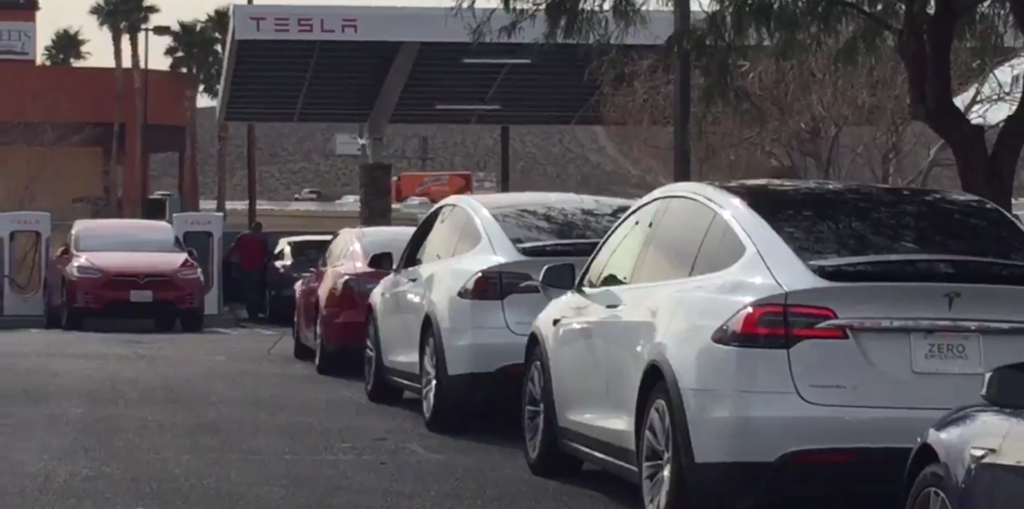
500 miles of range isn’t really needed for most people of course, but what that extra range gets us – instead of say 250-350 miles – is it eliminates the single biggest complaint that the naysayers and ultimately late adopters have – which is the inconvenience of having to stop and charge and wait on those few per year or once per month long trips they take.
500 miles of range, however, means that these drivers can reach perhaps 99% of annual trip destinations and also complete mid-range round trips on a single charge. 500 miles of range should eliminate range anxiety for all but a tiny percentage of the car-buying market.
3. Cold Weather Range Reduction: Use of an EV’s heater combined with lower battery performance in cold weather can reduce range significantly. According to tests from FleetCarma, very cold weather can reduce an EV’s battery range by 20%-30% or more depending on a variety of factors.
If you live in Minnesota, like to power up your heater in the winter and you drive an EV with a range of only 100 to 200 miles, a drop of 25% range is pretty significant and reduces the convenience of travel. If like many people who live in the midwest, driving 300-400 miles to visit friends in Chicago, for example, is not an uncommon trip multiple times per year. An EV with 500 miles of range, even if reduced to 300-400 miles from cold weather factors is still adequate range for most all of these longer winter trips.
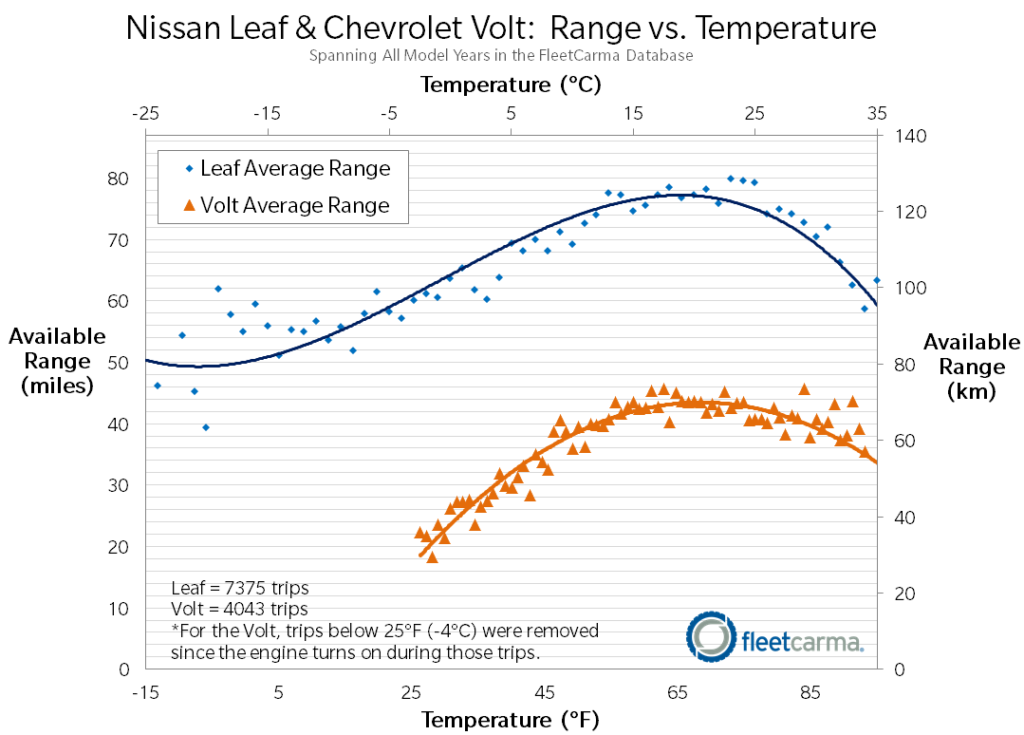
4. Vehicle to Grid (V2G)/Demand Response/Electricity Storage & Rate Arbitrage: While vehicle to grid (V2G) technology won’t likely be common place for at least another 5-7 years (or more), it portends to propel cars into becoming electricity storage devices and not just mobility vehicles.
500 miles of range opens up increased flexibility and opportunities for consumers to use their EVs as energy storage devices to capture excess solar and wind power during peak production during the day and then sell that electricity back to a utility during peak use periods. I look to this to be a real game changer for EVs and the extra battery storage capacity that comes with a 500 mile range battery pack significantly expands these EV storage opportunities for consumers.
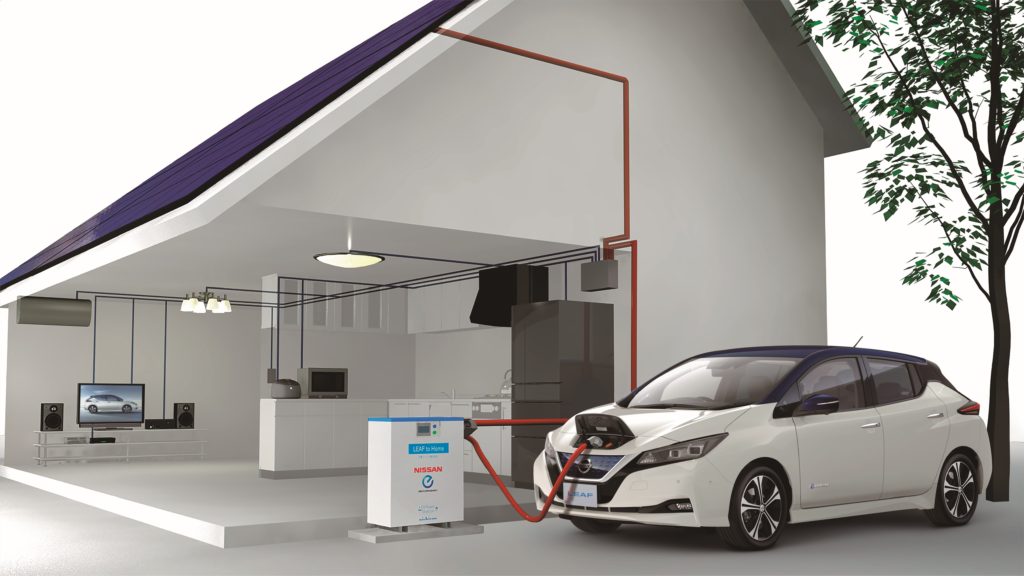
5. Charging Limit to Maximize Battery Life: To maximize the life of EV batteries, experts recommend only charging your battery to 70%-90% for daily/regular usage and only charge to 100% when needed for long trips. A 500 mile-range battery charged to 80% means that for normal daily/weekly commute and local trips, an EV driver would still have an effective 400 mile range. This means that even at an 80% charge, a 500 mile capacity battery can meet almost all trip needs of consumers, and extend the life of the battery.

But more importantly, charging less frequently and to less than full capacity should add a few years to the life (80% of original capacity) of the battery until it needs to be replaced. In the US the average age of light vehicles on the road reached a record high of 11.6 years in 2016, according to IHS Markit. Since the modern era of EVs began in 2010, we are right at the 8-year threshold of when most manufacturers warrant 70%-80% of available battery capacity.
With many fewer charging cycles needed when owning an EV with 500 miles of range, future EVs could match or come close to the average life of vehicles on the road (at least in the US).
While the need to replace an EV’s battery is not as big a concern of most buyers today as is range, vehicle cost, charger availability and time to charge – reducing or eliminating expected battery life as one more negative EV issue is nonetheless important to mass EV adoption.
6. Spot Charging/Charge Time Flexibility: While a larger battery pack of 500 miles of range will
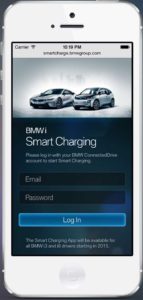
obviously take much longer to charge to full or 80% capacity via a DC fast charger or Level 2 than a battery pack of 250 miles of range, for example – the longer range battery pack also greatly increases charging flexibility. An EV with say 200 miles of range might need to be charged regularly for an owner’s work commute and errands. And it also might need to be charged when charging stations are fully occupied, or have slower charging rates due to capacity.
With a 500 mile range, an EV owner will likely utilize charging time optimization software with their vehicle or mobile app that enables them to charge at times of convenience – such as when shopping, dining, watching a movie – instead of out of necessity when needed to reach a destination or return home. The owner might also choose to charge when charging costs (electricity rates) are lower, there is no wait and charging rate (speed) is faster.
7. Extending the Value of Used EVs and Battery Packs: An EV with 350 miles left on a 10-12 year old battery will be more than adequate for most driving needs and can be acquired at a massive discount to then current EVs. 10 years from now, however, a used EV with only a 175 to 200 mile range (from 250 miles when new) will likely be viewed as a niche, limited use vehicle.
Secondly, larger battery packs that are in essence paid for when recycled for battery storage, could in the future fuel significant reuse in the commercial market. While I don’t see this last point is a key need for 500 miles of range, it is one side benefit of longer-range batteries.
Let me know in the comments what you think I’ve missed as a key benefit or need of 500 mile range EVs – or if you think I’ve gone completely off the rails.
In future articles I will take a step back and dive deep into the behavioral economic reasons why 500 miles of range will be key to adoption by the mass market. I will also outline how we will achieve having electric vehicles with 500 miles of range (hint – solid-state batteries and PHEVs).

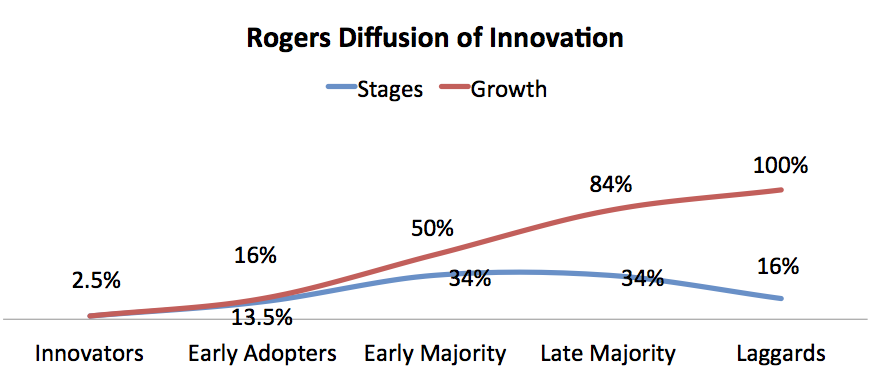
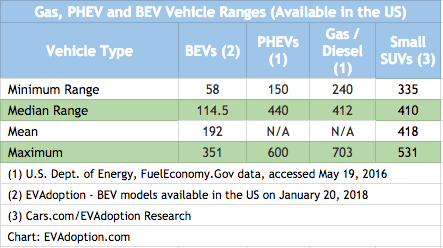

7 Responses
Agree with your assessment. I live in Nebraska, and travel to Denver and Omaha quite often which is 400 to 700 miles round trip. I would definitely be interested in purchasing a 500 mile ev. Most folks I know that live in rural areas feel this way. A 300 mile battery is not enough range.
Thanks for the comment James. Most cars and especially pickups and large SUVs currently have a range of close to 500 miles – that is what consumers will expect from EVs. Especially those who live in rural areas and the midwest where driving 400 to 500 miles to regional “big cities” is commonplace. Many “experts” who live on the left and right coasts don’t seem to understand this.
Most (all right now) of my long trips are right on the edge of current maximums times two. I stop over on these trips for safety and convenience. A 300 mile range would require 3 charging stops. A range of 425 or so miles would enable me to make it from Pittsburgh to Boston or Pittsburgh to Myrtle beach with 1 stop. However, I would need to reserve a charger at or close to wherever I would be staying mid-trip to make sure I don’t have a troublesome delay. I’ve been waiting for a 425 mile Tesla SUV to replace my 450 mile Mercedes (which gets 30mpg on trips) and will wait to go electric until it (or something like it) comes along. My daily use is only about 40 miles maximum, 20 miles average. My wife might go electric for her car when it’s time to buy.
I agree and I’m an early adopter. I’ve had a Tesla Roadster since 2013 and it’s a great city toy car. For long distance trips (at least once a month I make a 600 mile trip), I will wait to go full electric until over 500 real miles EVs are available – other than the upcoming Tesla Roadster whose price puts it out of range for anyone but the hyper-rich
Btw, my other car is a plug-in hybrid, whose real full electric range is less than half what was originally advertised back in 2017, and don’t dream about using the heater.
As soon as they build a $35,000 car that will get me from Denver to Vegas with one <30 minute recharge I'm in!
Don't forget the 20F weather, 6% grade, 25 mph headwinds, snow drag, and heater running full blast.
This article hit all points right on the nail.
I was hoping I cud buy an ev this year (2019), but I will have to settle for a PHEV instead. A fantastic pickup called Riviant will be the 1st EV truck out in 2020 (Mfg’d in Illinios) It will have 400 mile range. I want it, but I can’t afford to pay $60k for ANY vehicle. Even if I could, ALL brand new vehicles depreciate in value, so I don’t consider it smart to spend more than you really need to.
It takes me 363 miles to get to Houston (TX) one way, Plus another 25 miles or so to find Hotel or Charging station. So in the real world, due to missed exits, tempts, etc., etc I would indeed need 500 mile range to give me piece of mind, especially since I live in TX. where we don’t have the infrastructure. If I can get my hands on the Hyundai Ioniq PHEV (They r not sold here in TX.) I will buy it 1st or 2nd quarter of 2019. Hopefully, 500 range EV’s will be available when I am in the market again.
Some other notes written by a 2,5 years user of an EV vehicle used mainly for trips (c.a. 25.000 miles per year)
1) official range is based on average use. Instead range is important only at highway speed: nobody is interested in having 500 miles range at city speed. this factor reduces real world range v/s officialized EPA one
2) in Europe, highway speed is higher than in the US. Here it is common to drive at 80 mph and often at 90 mph. More: the longer the trip the higher tend to be the driving speed.
3) sometimes the mileage that has to be taken into consideration is the return trip: this applies until the EV user is sure to have the possibility to charge at each destination. For instance, if I go to visit a client 150 miles away and come back in the same day, I need actually 300 miles range, at high speed, maybe in winter, maybe after a 5/7% battery degradation, etc etc., which is likely equal to a 500 miles EPA range. Otherwise I need a 30 min stop, which adds to an already long working day.
But the very important point is that not all we desire is also strictly needed.
Is there a need of an up-to-date stereo plant in the car?
Is there a need of leather seats, or air suspension, or expensice special color, or of a roof that can be opened, or any other stuff that we like to have in a car?
So, why when we talk about range we hear a lot of people saying that a 500 miles (official) range is not needed, and not a similar discussion on the other gadgets?
At the very end, 500 miles range is also a matter of comfort: a product like others…
regards
Giampiero